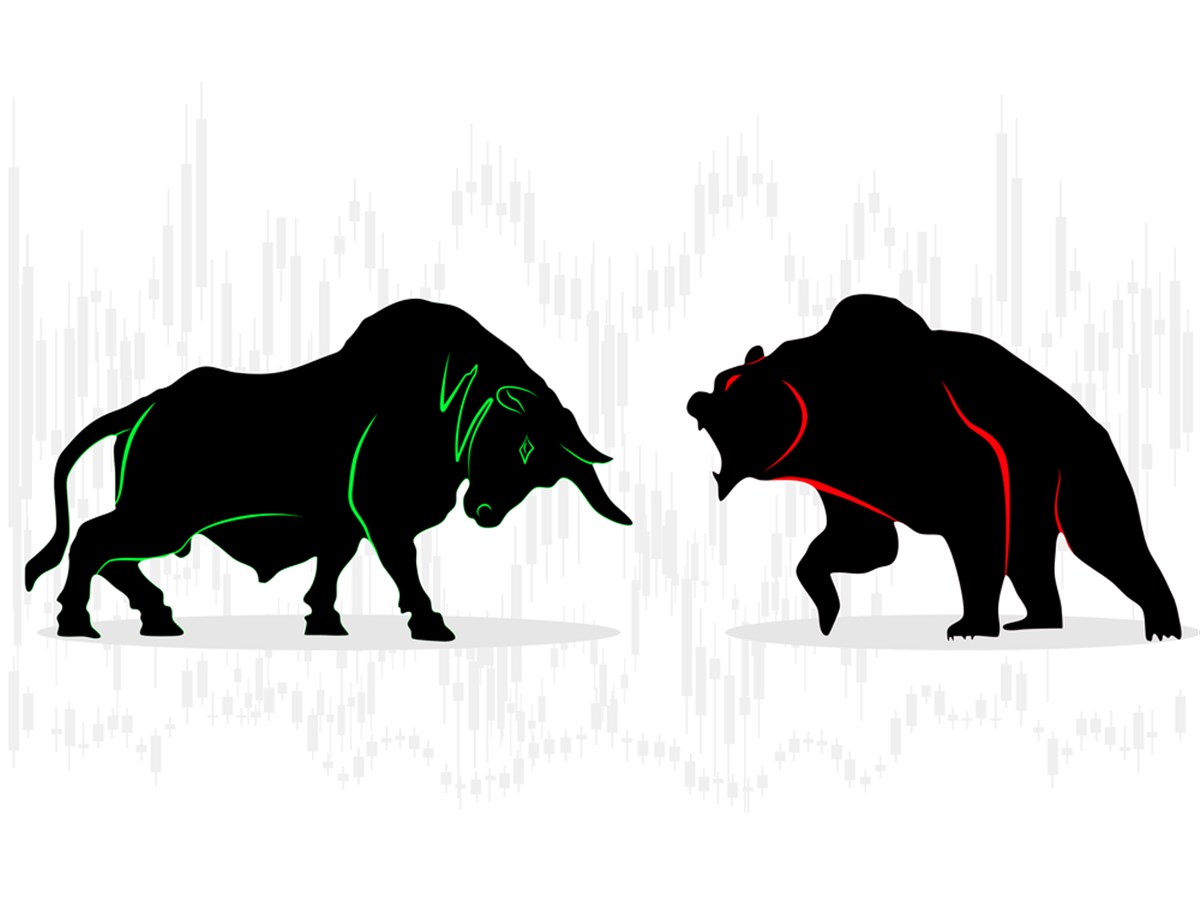
When volatility hits the S&P 500 and most of its constituents, traditional investors tend to become afraid and back off from the market. While this is reasonable during uncertain times like today, born of President Trump's trade tariffs, the trade-off is that money (and a lot of it) is being left on the table of volatility’s opportunity.
On the other hand, rather than stepping away and forgetting about the market, investors can exercise their trader muscle, which will serve them well throughout their careers since it sets the tone for what to look for and how to strategize during fast and slow markets. Building this kind of discipline starts with studying the beast—volatility—and learning how it moves.
Three stocks can be analyzed in the same way, using hard numbers rather than sentiment, which comes and goes with every new headline during today’s economic uncertainty. Investors will walk away with a clear expectation of how to trade names like NVIDIA Co. (NASDAQ: NVDA), Apple Inc. (NASDAQ: AAPL), and Netflix Inc. (NASDAQ: NFLX), starting with the nature of their daily moves and volatility.
Taming NVIDIA’s Wild Swings
[content-module:TradingView|NASDAQ: NVDA]NVIDIA is the darling of the technology sector. That additional attention brings volume, which is also the premise of volatility swings that can often become unbearable for traders and investors who aren’t necessarily used to this wild experience in the financial markets. With this in mind, the following expectations will give average investors an invaluable advantage over most other operators.
Statistically speaking, NVIDIA stock can be expected to move between 1.4% to the upside and 1.2% to the downside, nearly six times the normal everyday range in the S&P 500 index. Now, these are the averages, and any savvy trader knows that they must account for deviations, so here they are.
NVIDIA tends to deviate to a negative 4.5% day before finding a bottom and to a 6.5% up day to find a top. Knowing that the averages and deviations are so wide and far apart, investors employing a “buy-and-hold” strategy during a high-volatility environment are potentially risking more capital than they would like.
Keeping these ranges in mind as a daily guardrail can help investors know where they stand throughout the day. NVIDIA has hit a 1.4% average up day on a high VIX?
Why stop there when the average deviation can get the stock to 4.5% or even 6.5% up days?
At the same time, if investors are caught on the wrong side of the trade, and NVIDIA is only down by 1.2% (which is the average down day), they should fully understand that the stock could go lower to 4% or more, such as Thursday, Apr. 17 showed a bottom for the day on NVIDIA near that negative 4% mark.
Apple Stock: Perfect Training Wheels
[content-module:TradingView|NASDAQ: AAPL]Now that investors understand the risk of being an active trader in NVIDIA, given the wide range of swings on percentage terms, they can look to Apple as a potential training phase if these investors want to start to understand how to take advantage of these volatile markets.
While NVIDIA’s wider range offers greater volatility and opportunity, it can also represent a bigger emotional toll. In the case of Apple stock, the expectations for an average up day are 0.7%, whereas an average down day can be a negative 0.6%, much narrower than NVIDIA’s range.
Now, in terms of deviations, Apple can swing to a negative 2% and a positive 4% on an average deviation, still giving investors lots of opportunities without the emotional swings that NVIDIA’s much larger range might bring. Investors can revisit the Apple chart for Apr. 17 again to see this theory at play.
Apple bottomed at around a negative 0.8% level, right in line with the averages, and it topped around 1.2%. Those who knew the nature of Apple’s behavior could have become active buyers at the day’s low, expecting a potential swing lower to negative 2% as a stop loss while also keeping the positive averages and deviations as profit targets.
A Reinforcing Example in Netflix Stock
[content-module:TradingView|NASDAQ: NFLX]Another pivotal stock in the technology sector, and one that is turning more into an Apple rather than an NVIDIA in terms of behavior. Netflix’s expectations provide the perfect hybrid between the two, as an average positive day is set at 1%, while a negative average day is set at a loss of 0.86%.
On deviations, a positive deviation can go as high as 4%, with an average negative deviation headed down to a 2% loss for the day. In case investors haven’t thought of this, being a buyer gives two-to-one odds of having a profitable trade, given the ratio of average winnings versus average losses in Netflix.
This ratio can be seen live as of Apr. 17 for the same test period. Netflix stock bottomed at around a 0.4% loss, then topped at a 2.5% gain to offer that two-to-one ratio of winner versus loser ranges. Using this information as a statistical understanding of the stocks being traded can greatly aid investors in this market.
Rather than hoping for the best, they can now hit a stock when significant statistics are present, only to run it again when it makes sense based on these numbers, since, on any given day, a headline might give birth to a new round of unprecedented volatility.
Where Should You Invest $1,000 Right Now?
Before you make your next trade, you'll want to hear this.
MarketBeat keeps track of Wall Street's top-rated and best performing research analysts and the stocks they recommend to their clients on a daily basis.
Our team has identified the five stocks that top analysts are quietly whispering to their clients to buy now before the broader market catches on... and none of the big name stocks were on the list.
They believe these five stocks are the five best companies for investors to buy now...





